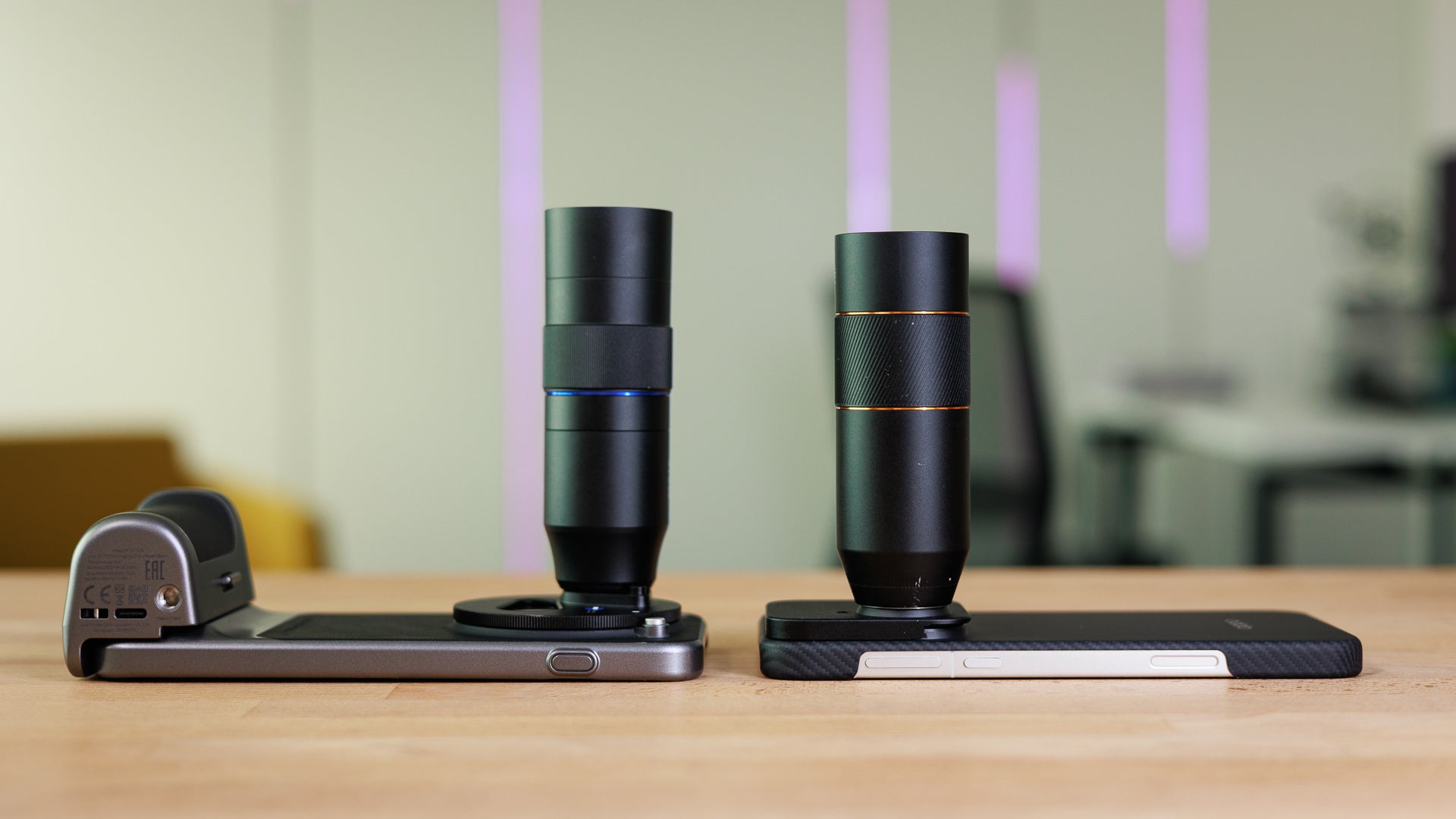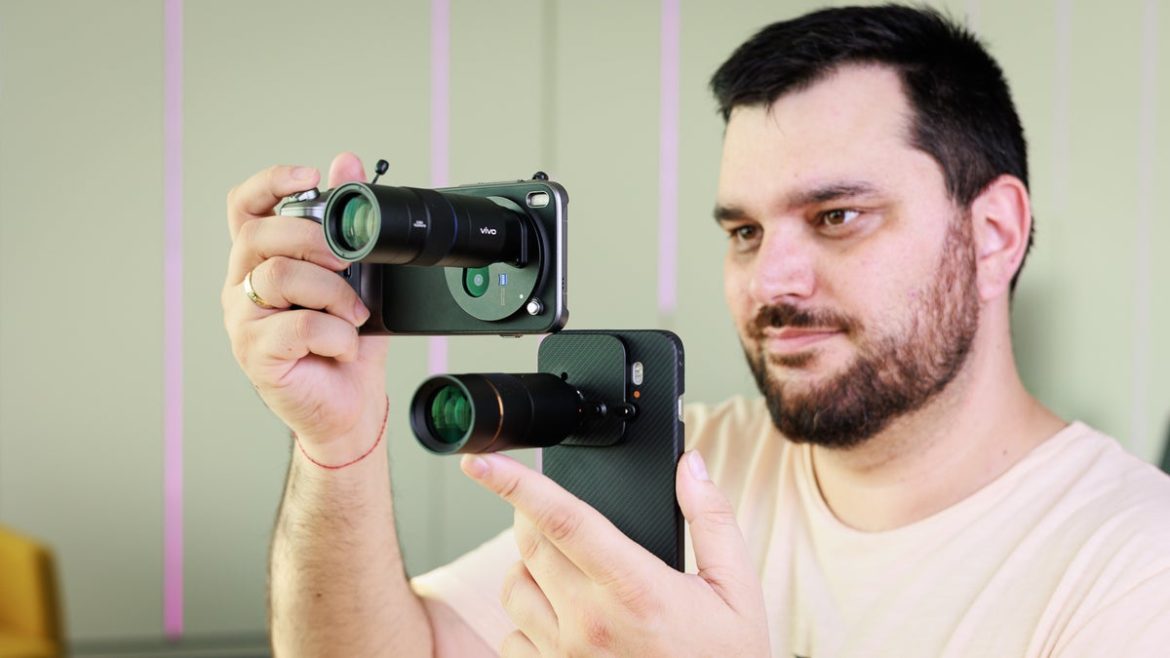Aside from being two exceptional everything-but-the-kitchen-sink phones, each of these has a remarkable triple-camera system as well, which also happens to be remarkably similar and also developed in concert with two legendary photography companies––Zeiss and Hasselblad.
Both also come with two optional teleconverter accessories that extend the capabilities of the telephoto camera… and pretty much make turn the Oppo or the Vivo into a mini telescope!
We’ll test those as well, but first, we will have to gauge the capabilities of the rest of the cameras.
| Vivo X300 Pro | Oppo Find X9 Pro |
|---|---|
| Main Camera 50MP, f/2.0 24mm LYT-828 1/1.28-inch sensor |
Main camera 50MP, f/1.5 23mm LYT-828 1/1.28-inch sensor |
| Ultra-wide 50MP, f2.0 15mm Samsung ISOCELL JN1 1/2.76-inch sensor |
Ultra-wide 50MP f/2.0 15mm Samsung ISOCELL JN5 1/2.76-inch sensor |
| Telephoto 3.5X zoom (85mm) 200MP, f/2.7 Samsung HPB 1/1.4-inch sensor |
Telephoto 3X optical zoom 200MP, f/2.1 Samsung HP5 1/1.56-inch sensor |
| Front Camera 50MP |
Front Camera ISOCELL JN5 50MP AF |
But hardware is just half of the equation, as software nowadays plays an equally important role. Both the Oppo X9 Pro and the Vivo X300 Pro rely heavily on AI, especially when you zoom far with the telephoto.
Anyway, enough chit-chat; time to gawk at photos. Make sure to tell us which phone did better in the comment section below.
All samples were shot with the phones set at their default settings. The Zeiss Natural preset was used on the Vivo X300 Pro.
Main camera
Zoom camera
Teleconverter Quality


The below samples were taken with both the optional teleconverter accessories attached to either the Vivo X300 Pro and the Oppo Find X9 Pro. The signage was at a distance of slightly less than 600 meters away from me.
Macro
Portrait
Ultrawide
Front camera
#Oppo #Find #Pro #Vivo #X300 #Pro #camera #comparison #exceptional #cameraphones
